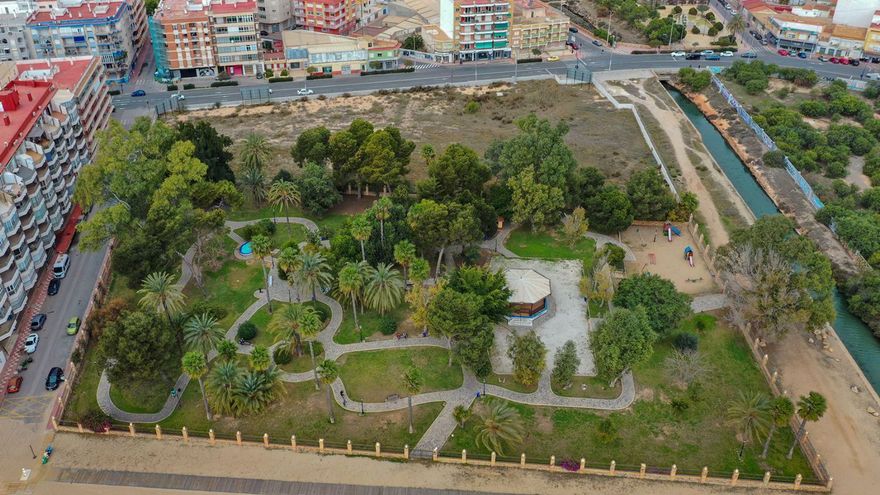In Torrevieja news, the head of the coastal department at the Alicante provincial government, Rosa de los Ríos Jimeno, has warned the council that the proposed Torres Baraka skyscraper project, which is set to be built in Acequión area, lacks a favourable report from the Ministry of Ecological Transition and does not comply with the Coastal Law.
It also underlines that the project would constitute “a clear architectural screen and an accumulation (of volumes) discordant with the environment”, on a land, which, although urban, is affected by the Coastal Law and the protection of the terrestrial public domain.
The local governing body, chaired by the mayor and councillor for Urban Planning, Eduardo Dolón, approved the detailed study of the Baraka Group project that aims to build more than 130 homes and 250 tourist apartments in two buildings on 32,000 square metres of land and of 82 meters high, with 26 floors and three basements.
The next step will be that, next week, during the last ordinary plenary session of the year, the local government will give the plan the go ahead thanks to the absolute majority of Dolón´s ruling Partido Popular in Torrevieja, thus giving approval to the granting of the building licence, despite the report from the provincial body.
One of the Baraka Towers – initially named Torres Sinforosa – is surrounded by controversy. It is the most advanced in the process of the four plans that include 18 skyscrapers in different plots of the coastline and that will modify the urban landscape with buildings that triple in height to the highest of the urban fabric of the city.
It is also due to its plans to integrate – “usurp” according to the opposition – and transform the 6,000 square metres of the emblematic Doña Sinforosa gardens, located between the future skyscrapers and the Acequión beach, to the commercial interests of the promoter.
The plans in this green area, a spatial and historical reference, include cutting down large trees, some of which are hundred-year-old specimens.
Despite the fact that three presentations have been made to the public, the changes have not heeded the warnings of the Provincial Coastal Service about the deficiencies to be corrected in the scope of the project’s effect on the Coastal Law.
This body concludes that this new “version of the instrument still remains uncorrected, which prevents the issuance of a favourable report.” In the same document, they ask the local council that “before final approval – scheduled for next week – the aforementioned aspects must be corrected and the complete file be sent back to the Provincial Coastal Service.” Something that the government team is not planning to comply with.
It warns that the new detailed study is identical to the previous one without “any notable modification”, nor the correction of the deficiencies detected since the project began to be processed on June 22, 2016.
It points out that the promotion on the beachfront affects an unbuilt urban plot, within the zones of transit and protection easements and throughout its surface, in the area of influence of Coastal Law.
The two towers are joined in the basement by a two-storey underground car park, a car park that “would reach the very inner limit of the protection easement zone,” they warn.
The coastal body´s report makes three important objections, including the height “would constitute a clear architectural screen and an accumulation discordant with the environment”.
The mayor, Eduardo Dolón, claims that the report from the coastal department in Alicante “is not necessary or mandatory, although it is in the file”, because “the management is outside the delimitation zone.”





